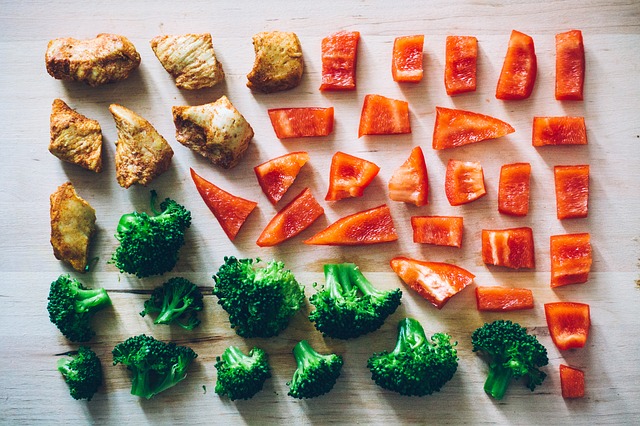If you’ve been trying to lose weight for years or this is just the beginning, there’s one common theme that plagues most individuals – dieting and calorie reduction.
Let’s face it: Consuming a restrictive diet while trying to maintain a productive lifestyle can be difficult at times. Add to that the extra exercise and workout routines that you’ve inevitably been performing and you have a lifestyle that leaves you feeling lethargic, bored, moody and unmotivated to reach your weight-loss goal.
If you’re tired of starting over again on your weight loss journey, it’s time to take a look at not only what you eat but how you eat with proper portion sizes.
Free Download: Why You Can't Shift Your Belly FatWhat Are Proper Portion Sizes?
Calorie Calculation
Regardless of how well you portion your meals, it will all come crumbling down if you don’t know how many calories your body needs to maintain optimal health.
First, we need to begin by calculating our total daily energy expenditure (TDEE). This is a rough idea of how many calories our body needs to ingest to perform basic bodily functions like focusing, pumping blood, moving about the world and exercising.
The best way to generate this caloric number is by using a calorie calculator. By inputting simple data like height, gender, weight, age and activity level we can begin to gauge what our body needs to fuel itself.
For optimal weight loss, subtract 200 to 500 calories from the number generated by the calculator. The larger the caloric deficit, the faster your weight loss will occur.
Word of warning: Although you may find yourself excited about your new weight loss journey, take things slow and steady. Being consistent for weeks at a time is more productive than diving into a large caloric deficit only to binge eat after a period of a few days.
Choosing A Proper Portion Size
Our meals should consist of roughly:
- 40% protein
- 40% carbohydrates
- 20% from fat sources.
Here are a few meal plans that may help you in losing those unwanted pounds.
- 112 oz garlic chicken breast, 1 cup of white rice and 1/2 cup broccoli
- 112 oz seasoned fish fillet, 1 cup asparagus, 1 cup brown rice
- 64 oz – 112 oz lean ground turkey, 1 cup purple potatoes and 1 cup mixed veggies
However, it should be noted that these are just 3 staple diet choices that many use to get in shape and fuel their active lifestyle. You may also grab handfuls of unsalted cashews, almonds, rice cakes, low-carb protein chips, low-fat cottage cheese, assorted fruit and green drinks.
Another tactic that can be explored during your health journey is using smaller plates and utensils. This simple trick sets the brain into thinking it’s satiated much sooner than it actually is. A study in Australia found that individuals that used larger bowls and plates to consume their meal would unconsciously fill the entire space and thus consumed more calories than they should. Explore this simple trick with the meals listed above and see if it helps you reach your goal even faster!
Why You Can’t Shift Your Belly Fat
When trying to lose weight, many people say that it’s belly fat they want to lose the most. But the belly is normally the last place most people lose fat. Are you frustrated because you feel like you’ve been doing everything right, but you’re still not able to shift your belly fat? Maybe you’re eating healthy foods and going to the gym, but the change in diet and exercise isn’t making your midsection smaller.
To learn more, download my free report, Why You Can’t Shift Your Belly Fat and see how you can start getting the results you want.



